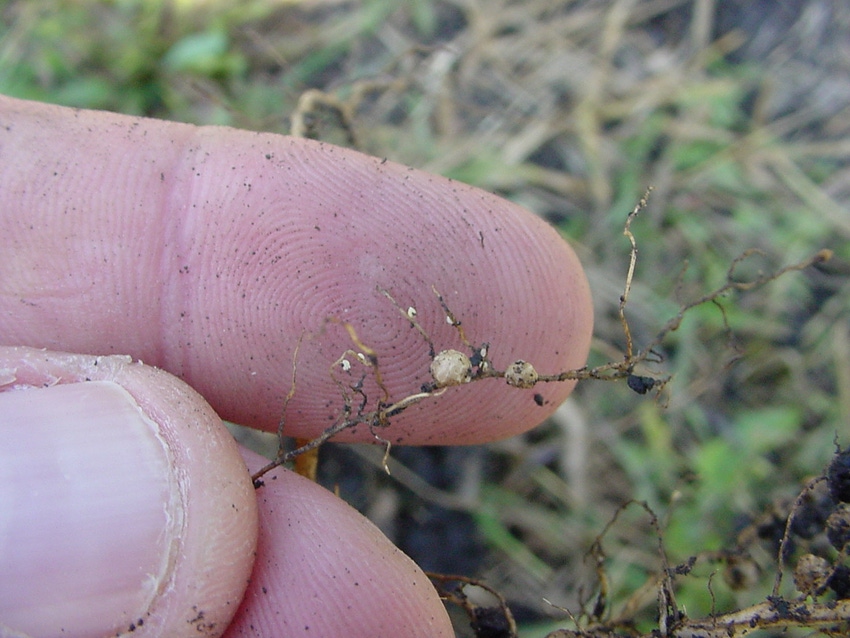April 18, 2016

Taking the time to sample for SCN in fields that will be planted to soybeans in 2016 is worth the time, and has the potential to save you money in avoidable yield loss.
When choosing whether to sample or not, ask yourself these questions:
Have those fields ever been sampled for SCN? If not, now would be a great time. If the fields were sampled in the past, how long has it been?
In fields known to be infested with SCN, what are the population densities?
Is your management plan keeping your SCN numbers in check?
Spring sample guidelines
Multiple soil cores (20 cores from every 20 acres or so) should be collected from the upper eight inches of soil.
The more soil cores collected and the smaller the area sampled, the more accurate the results will be.
Do not collect samples when the fields are muddy.
One approach to sampling fields in which SCN has not been discovered is to collect soil cores from high-risk areas where SCN may be first found. These areas include high pH spots, low spots, and near fence lines and other places where soil from other fields may have been introduced (see figure below).
Samples can be sent to several private soil-testing labs in Iowa or surrounding states or to the Iowa State University Plant and Insect Diagnostic Clinic, room 327 Bessey Hall, 2200 Osborn Drive, Ames, IA 50011. The SCN sample submission form for the ISU Clinic is available online.
Management recommendations
Managing SCN is best accomplished by using an integrated approach of growing a diversity of SCN-resistant soybean varieties in rotation with the nonhost crop corn and using nematode-protectant seed treatments when soybeans are grown.
More information about the biology and management of SCN is available at www.soybeancyst.info and soybeanresearchinfo.com. Iowa State University’s management recommendations for SCN are available online in a downloadable format, Soybean Cyst Nematode (SCN) Management Recommendations, IPM 63.
You May Also Like




